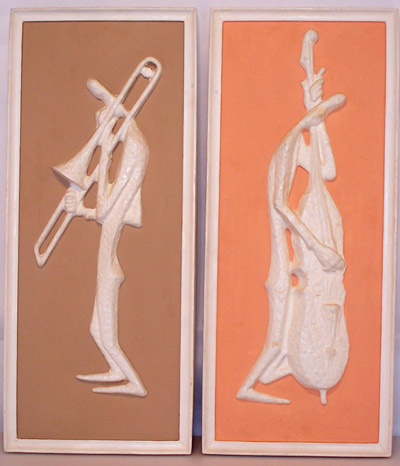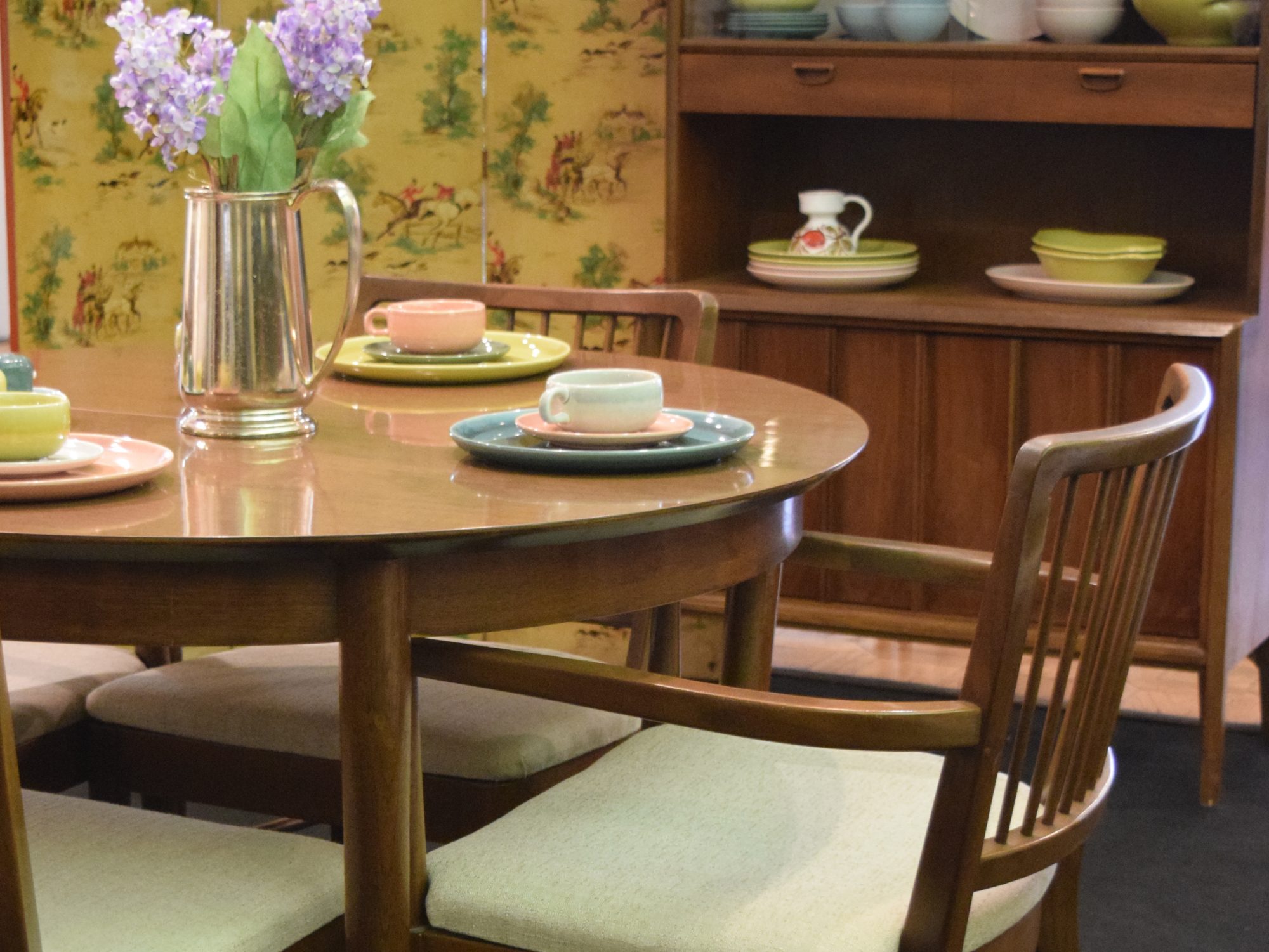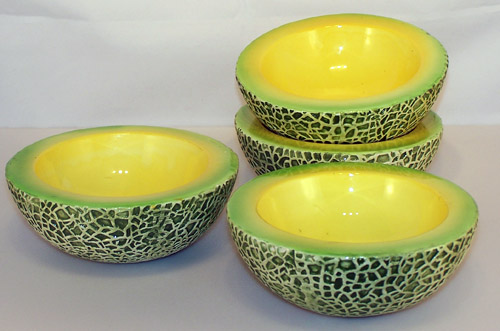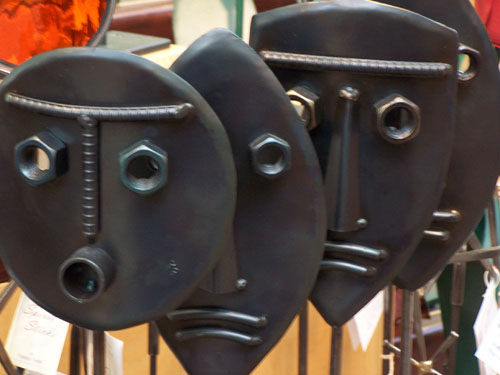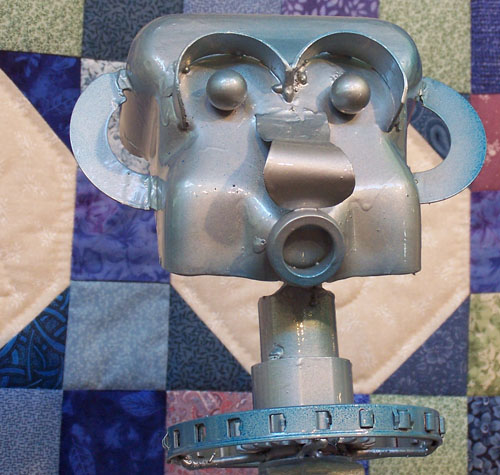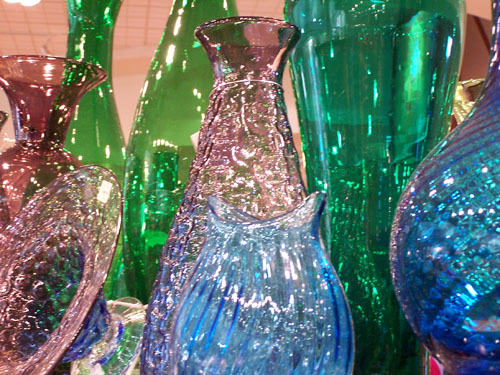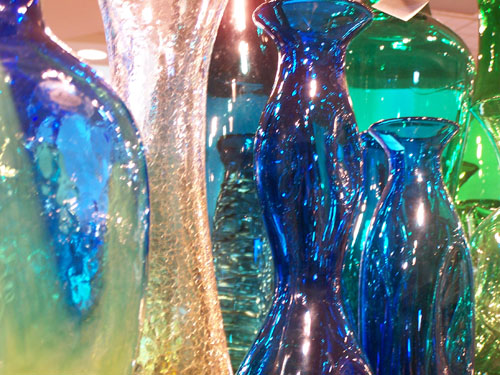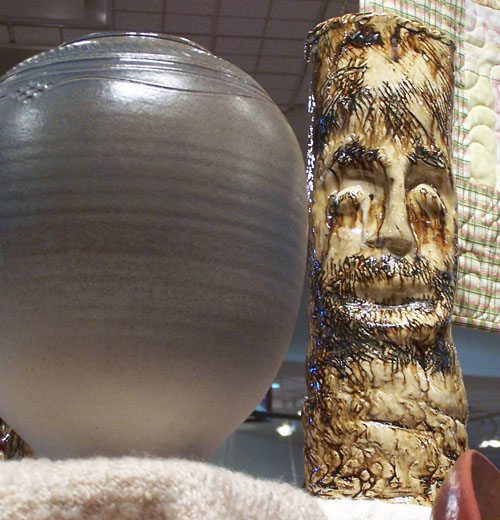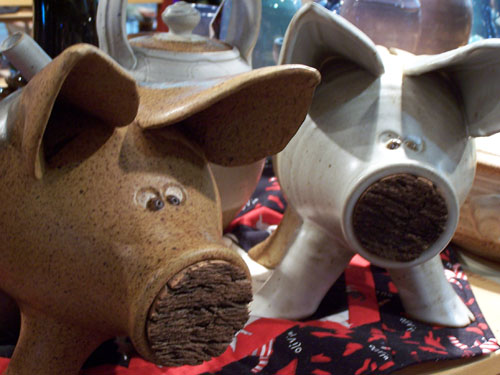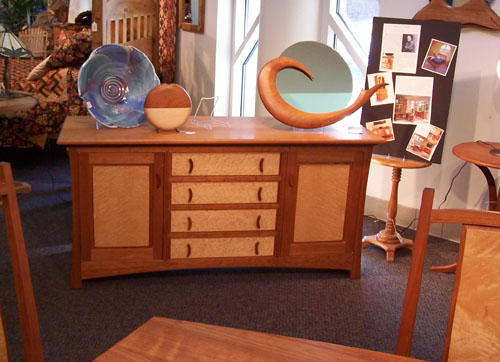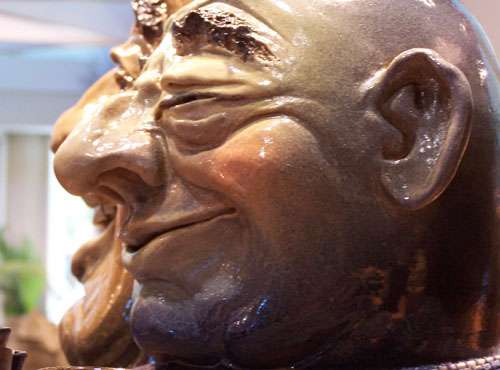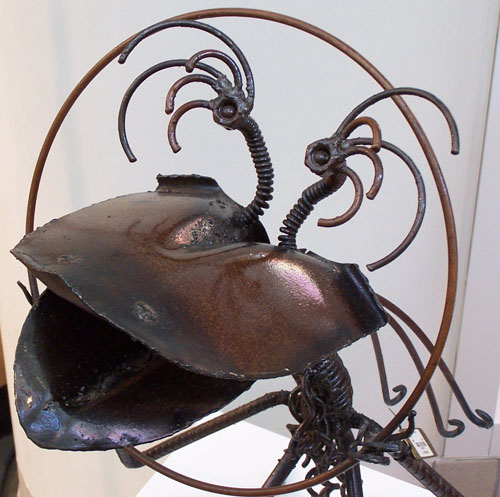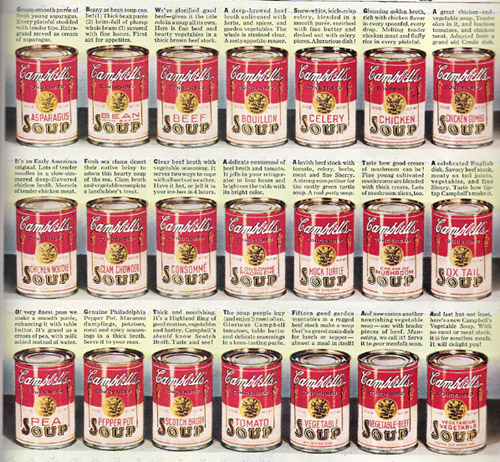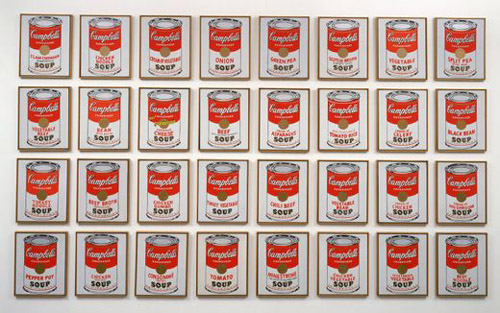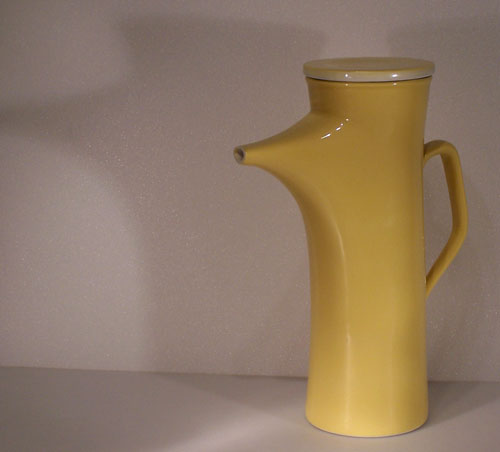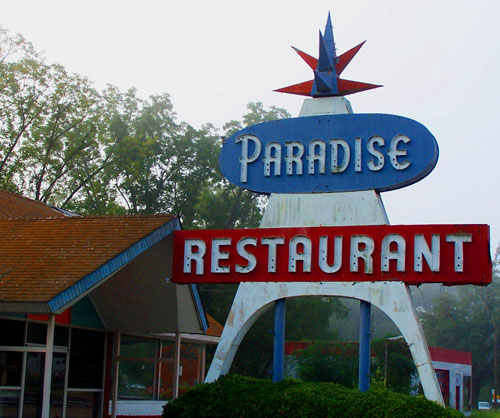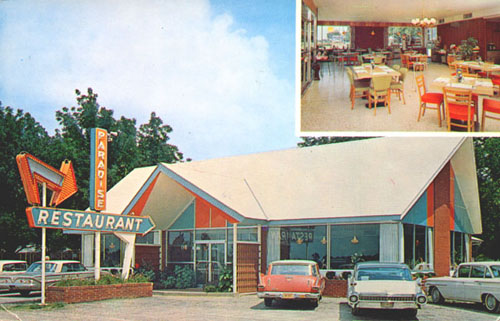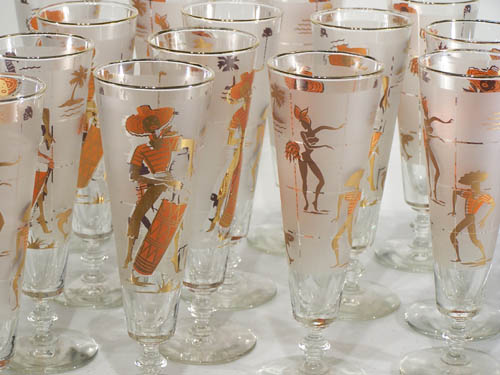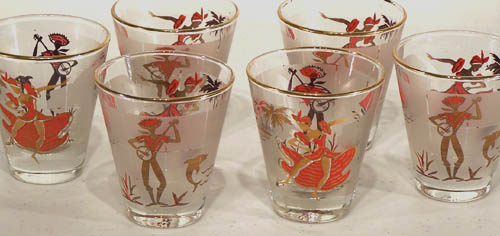
Model of Sputnik 1 – NASA
Today marks the 51st anniversary of the launching of Sputnik 1, the first artificial satellite to orbit the Earth, and the beginning of the “space age” which transformed science, culture and design in the last half of the 20th Century.
The launch and orbiting of Sputnik 1 was a great source of pride for the U.S.S.R. and served as a wake-up call to the United States which resulted in renewed focus on science education and a public investment in space exploration. While the space programs of both Super Powers provided tremendous public morale and enjoyed public support the underlying potential military applications were, in fact, the driving force behind most of so-called “space race”.
The impact of the Sputnik launch and the subsequent frenzy of space exploration certainly can’t be ignored. Virtually every aspect of life, from education to pop culture, were changed in fundamental ways. The dawning of the nuclear age a decade before and the orbiting of Sputnik and emergence of Man’s quest into space are the quintessential events which defined the last half of the 20th Century.
Certainly the influence of these events on modern design can never be denied or underestimated. Led by designers such as Verner Panton, Eero Aarnio and, later, Joe Columbo designs began to reflect what life in space might actually be like and utilized many of the new materials being developed. Boundaries became non-existent in a theoretical and in a practical sense and this was certainly evident in the designing of everything from architecture to household goods and furnishings. A significant and transforming shift occured from the “atomic design” period of the early to late 1950’s to the “space age” period of the 1960’s and early 70’s.
Design of this time period was full of hope for the future and energized by the rapid advances being made. It was a time to dream.
Now, half a century later, I wonder where those dreams have gone and if just some of that hope can ever be restored. I certainly do think we could all use some.

